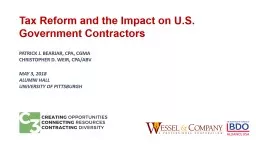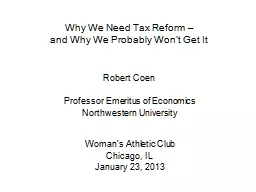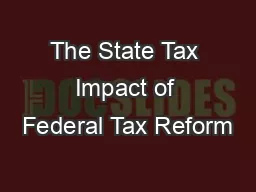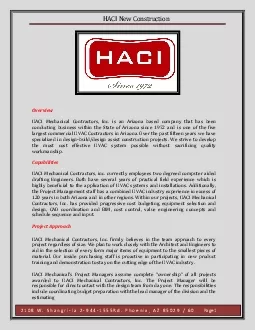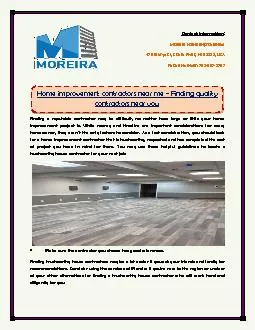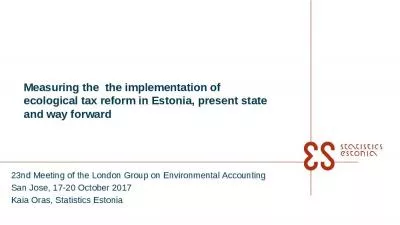PPT-Tax Reform and the Impact on U.S. Government Contractors
Author : mjnt | Published Date : 2020-06-19
Patrick J Bearjar CPA CGMA Christopher D Weir CPAABV May 3 2018 Alumni hall University of pittsburgh Overview of US Tax Cuts amp Jobs Act The 14 trillion new
Presentation Embed Code
Download Presentation
Download Presentation The PPT/PDF document "Tax Reform and the Impact on U.S. Govern..." is the property of its rightful owner. Permission is granted to download and print the materials on this website for personal, non-commercial use only, and to display it on your personal computer provided you do not modify the materials and that you retain all copyright notices contained in the materials. By downloading content from our website, you accept the terms of this agreement.
Tax Reform and the Impact on U.S. Government Contractors: Transcript
Download Rules Of Document
"Tax Reform and the Impact on U.S. Government Contractors"The content belongs to its owner. You may download and print it for personal use, without modification, and keep all copyright notices. By downloading, you agree to these terms.
Related Documents

